Outer Banks lifeguards, emergency officials, National Weather Service discuss beach safety headed into peak season
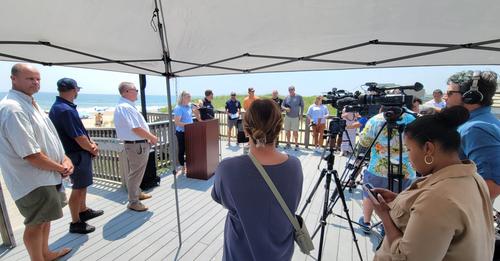
As the Outer Banks rolls into the height of the summer season, representatives from the various lifeguard and emergency service agencies in Dare County and the National Weather Service held a press conference to offer tips on how to make a day at the beach a safe one.
Entitled “Outer Banks Beach Safety Experts Making Waves to Keep Beachgoers Safe”, the media event was held at the Ocean Bay Boulevard beach access in Kill Devil Hills on Thursday.
Topics included staying informed about rip currents and ocean-related hazards, the dangers of digging holes in the beach, making sure your location in the event an emergency happens, and other advice.
While the information provided at the news conference may give some pause when considering a trip to the beach, the intent was to inform and not scare.
“Our goal here is really for everybody to come enjoy the sun, sand, and surf and go home safely,” said Kill Devil Hills Public Information Officer Rachel Tackett.
 Launched as a collaborative effort between Dare County, the five beach towns inside its borders, and Cape Hatteras National Seashore which includes the beaches of Hatteras and Ocracoke islands, LoveTheBeachRespectTheOcean.com launched in 2018 as a one-stop web portal to promote beach safety.
Launched as a collaborative effort between Dare County, the five beach towns inside its borders, and Cape Hatteras National Seashore which includes the beaches of Hatteras and Ocracoke islands, LoveTheBeachRespectTheOcean.com launched in 2018 as a one-stop web portal to promote beach safety.
“Our efforts are really focused on getting information to our beachgoers so that they can make informed decisions before they head over the dunes,” said Dare County Emergency Management Director Drew Pearson.
Along with the information and videos posted on the site and social media channels, beachgoers can also sign-up to receive text alerts with daily beach forecasts and emergency bulletins by texting OBXBeachConditions to 77295.
The website also has details on the locations and hours of lifeguard stands and other information.
“All of our ocean rescue personnel, whether they’re in the towns or on the Cape Hatteras National Seashore keeping everybody safe, they can provide updates at any point in time should conditions change,” Pearson said.
“If they need to put up red flags to keep people out of water, they find the rip current in a certain spot, we can text everybody that is subscribed get that information out instantaneously,” Pearson said.
Erik Heden, Warning Coordination Meteorologist at the National Weather Service office in Newport, explained the mechanics of rip currents and why there is such an emphasis on informing the public.
“They are the number one weather-related killer in coastal North Carolina,” Heden said. “Almost 200 deaths have occurred in North and South Carolina since 2000. 85 percent of those deaths are male, and 51 percent of those deaths are out-of-state (residents).
“People that live here know the threat,” Heden said. “People that are vacationing for one week may not recognize the threat.”
He emphasizing the importance of sharing beach safety information, even if you’ve heard it repeatedly.
“Sometimes for the family from New Jersey or Ohio, this is the first time they’ve heard this message,” Heden said. “New neighbors in our community, new people to the beach, please share this information. It is life saving, and it is extremely important”
The National Weather Service offers pinpoint forecasts for all of the beach communities across the nation at weather.gov/beach.
“You can get a forecast for not only rip currents, lightning threat, wind speed, and precipitation,” Heden said.
While the forecasts can help tell beachgoers what to expect, conditions can change rapidly out on the beach.
Kill Devil Hills Ocean Rescue Supervisor Dave Elder has played a key role in the development of better, more precise rip current forecasts and messaging around the country.
But he said that lifeguards in the stands and on mobile patrols are the best source before you go into the ocean.
“Check with your lifeguards,” said Elder. “If things change, they will let you know if any weather changes. If any condition changes, lifeguards are going to be the sharp end of stick.”
And he said that it’s important just as important to make sure to swim where lifeguards are present.
“If you are swimming near a lifeguard your chance of having a bad day at the beach is less than one in 18 million,” said Kill Devil Hills Ocean Rescue Supervisor Dave Elder. “And by a bad day at the beach, I mean a bad outcome.”
Nags Head Ocean Rescue Capt. Chad Motz discussed the threats presented by waves that can break right on the beach that can quickly knock down someone standing in or near the surf zone, especially older adults and small children.
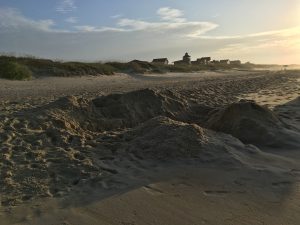
“It is recommended highly recommended that you assign a Water Watcher for a lifeguard within your family to keep an eye on small children playing at the shoreline and the water,” Motz said. “Someone who’s responsible and free of distractions and not reading the book not playing on their phone but had their eyes on their children all the time.
The dangers of digging large holes on the beach, and leaving any size hole in the sand, seems to be more prevalent recently and turned tragic earlier this year.
“You are more likely to be involved in a cave-in of a hole in the sand than being attacked by a shark,” said Merritt Raskin, chief lifeguard for Surf Rescue, which provides services in Duck, Southern Shores, and the National Park Service’s lifeguarded beaches.
Holes left on the beach also pose dangers to lifeguards and emergency personnel responding to incidents, people just out for a walk, and nesting sea turtles and other wildlife.
Tackett also reminded beachgoers to not leave their chairs, tents, and other equipment on the sand after the day is over, due to the hazards they also present.
High heat and humidity are forecast to set in over the weekend, which presents “blue sky day” challenges and it’s important to take that into account when planning a day on the beach.
“Everyone is very familiar with bringing everything out to the beach, packing everything, packing too much,” said Ben Battle with Kill Devil Hills Ocean Rescue. “Think about how long are you going to be out there…a little bit or the whole day.”
Battle reminded beachgoers not to try and carry too much on and off the beach by yourself, drink plenty of water, find some shade, and rest.
He also noted that umbrellas can become projectiles when the winds kick up, especially in the afternoon, and that the base of an umbrella should be buried at least two feet in the sand.
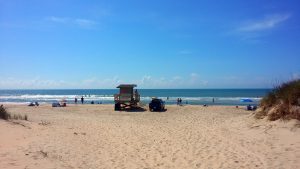
Ben Abe, assistant captain with Chicamacomico Banks Rescue which covers the beaches of Roadnthe, Waves, and Salvo on northern Hatteras Island, said it is especially important for those who visit the beaches south of Oregon Inlet to Ocracoke to make sure they know where they are in case an emergency happens.
In Cape Hatteras National Seashore, there are currently four sections of beach with lifeguards on duty: Coquina Beach near the Bodie Island Lighthouse, Buxton near the Cape Hatteras Lighthouse, the National Park Service bathhouse between Frisco and Hatteras village, and on Ocracoke Island north of the village.
Dare County’s public access adjacent to the water plant in Rodanthe is scheduled to have lifeguards for the first time starting this weekend.
Dare County Sheriff’s Office Capt. Jack Scarborough, director of the Dare County 911 center, reiterated Abe’s points about knowing where you are, and to know that their telecommunicators are there to help when you call.
“They’re gonna ask you a bunch of questions. Please answer those questions,” Scarborough said. “Please remain calm and collected and answer every single question that you have.”
“Don’t worry, they are not delaying you getting help. By asking you those questions. There is a separate person who is already sending help,” Scarborough said. “Because the more information they get, the more information the responders get, which makes their job easier.”
There have been no rip current-related deaths on the Outer Banks so far this year, thanks in part to cooler air and water temperatures through much of the spring, and visitors adhering to the advisories caused by increased surf from onshore winds.
Now that the weather has changed and the beaches are in peak season, all the agencies represented at Thursday’s press conference emphasized the motto of “Love The Beach, Respect The Ocean”.





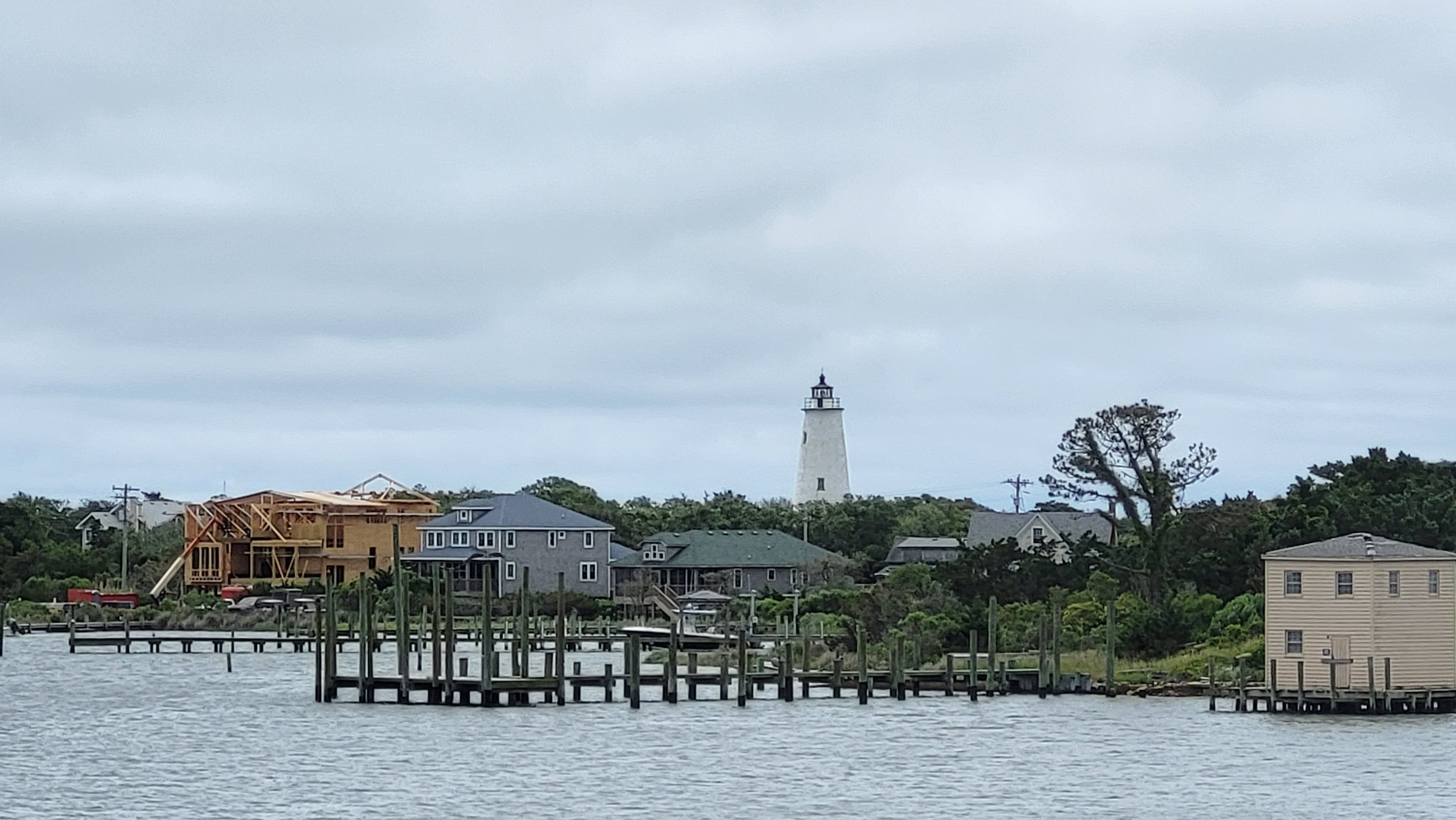
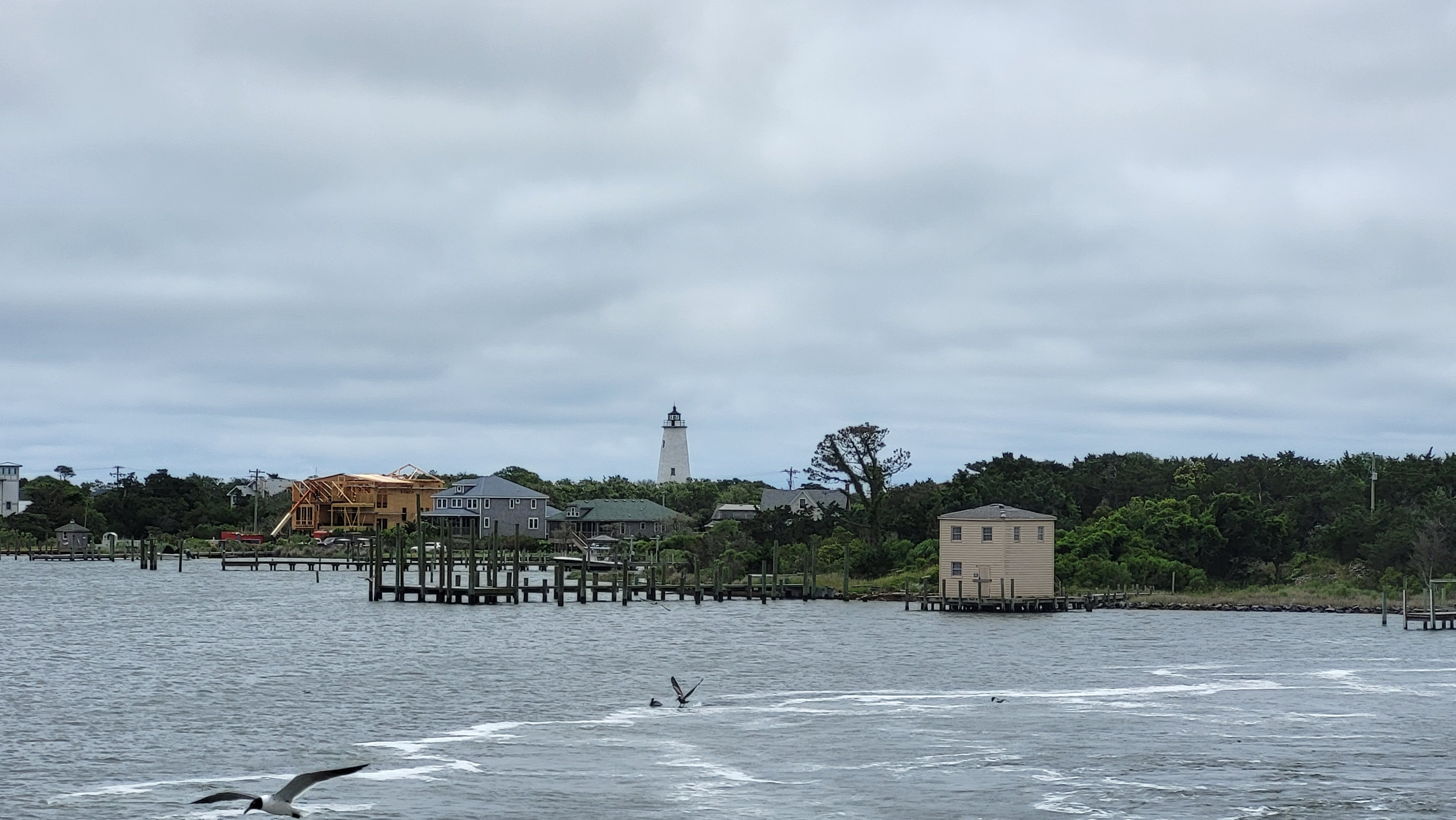
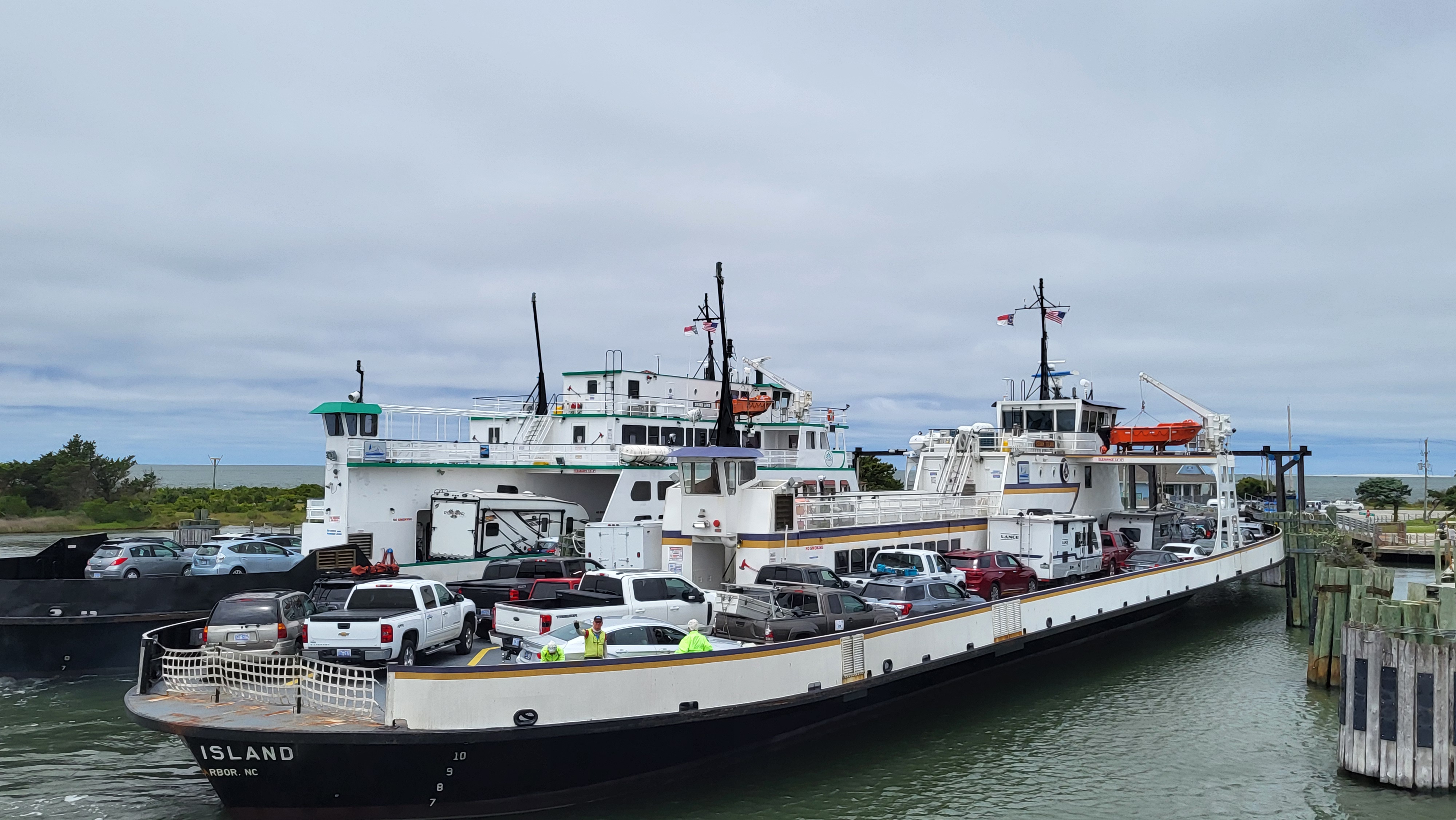








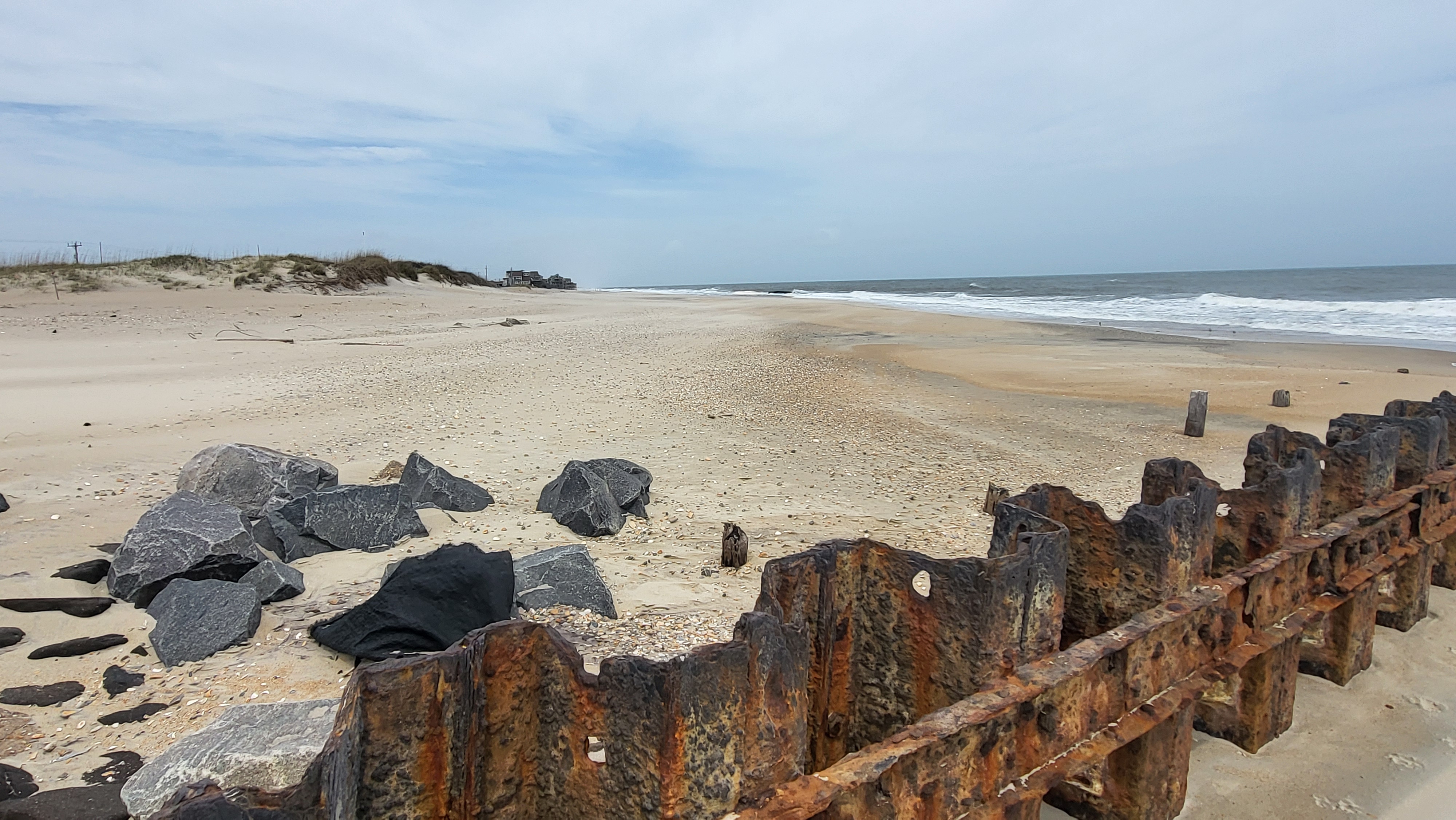
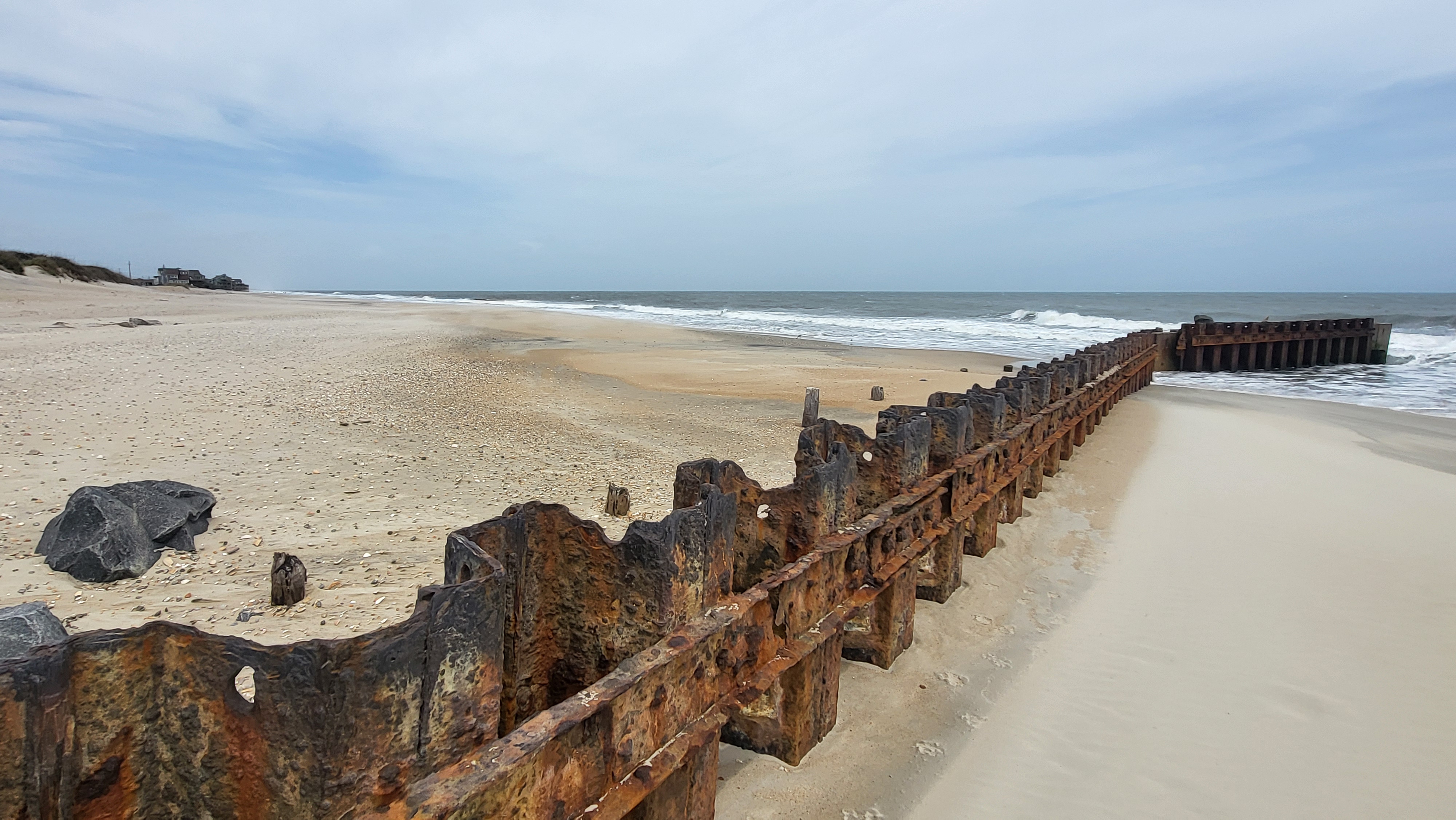
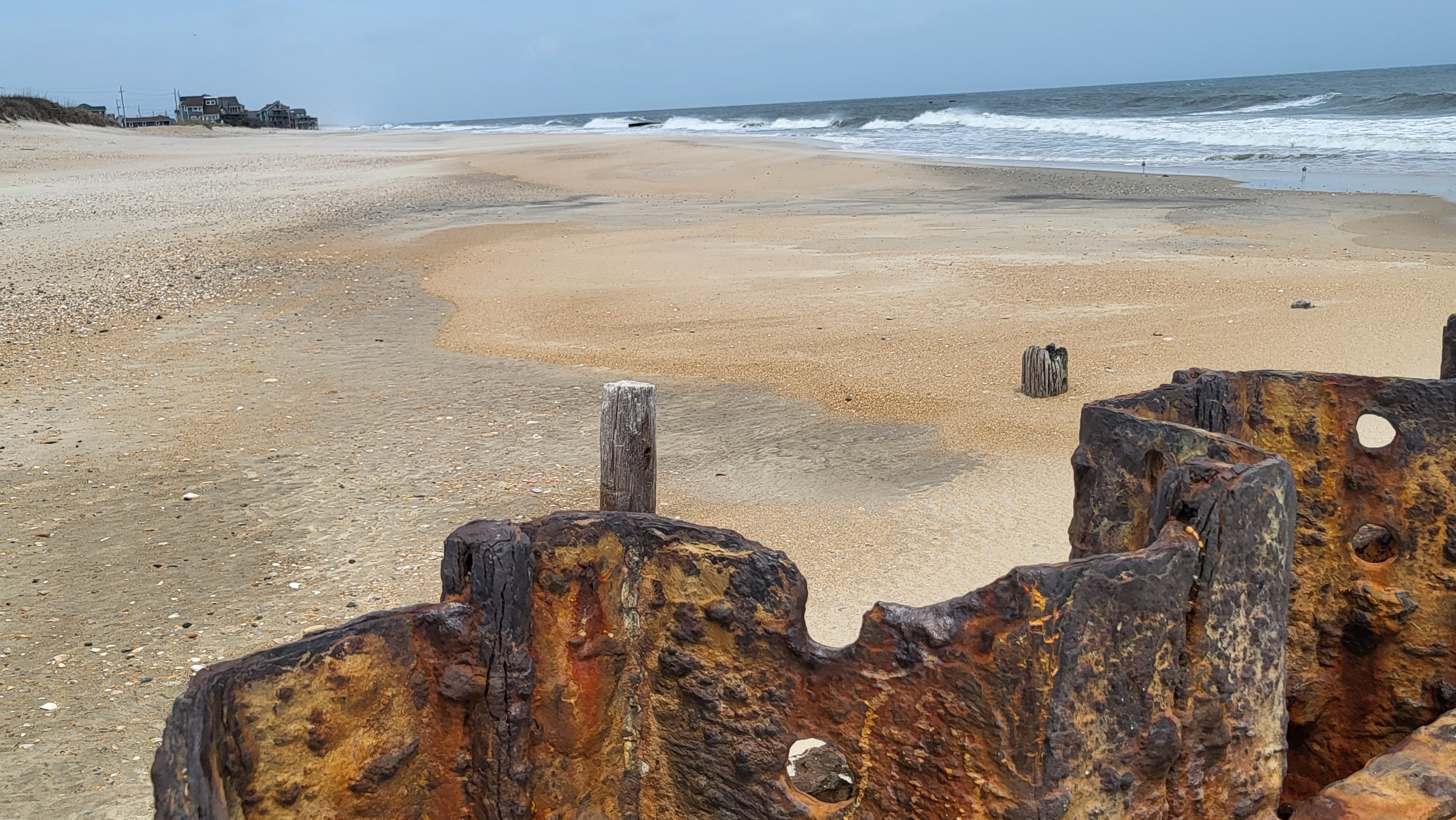




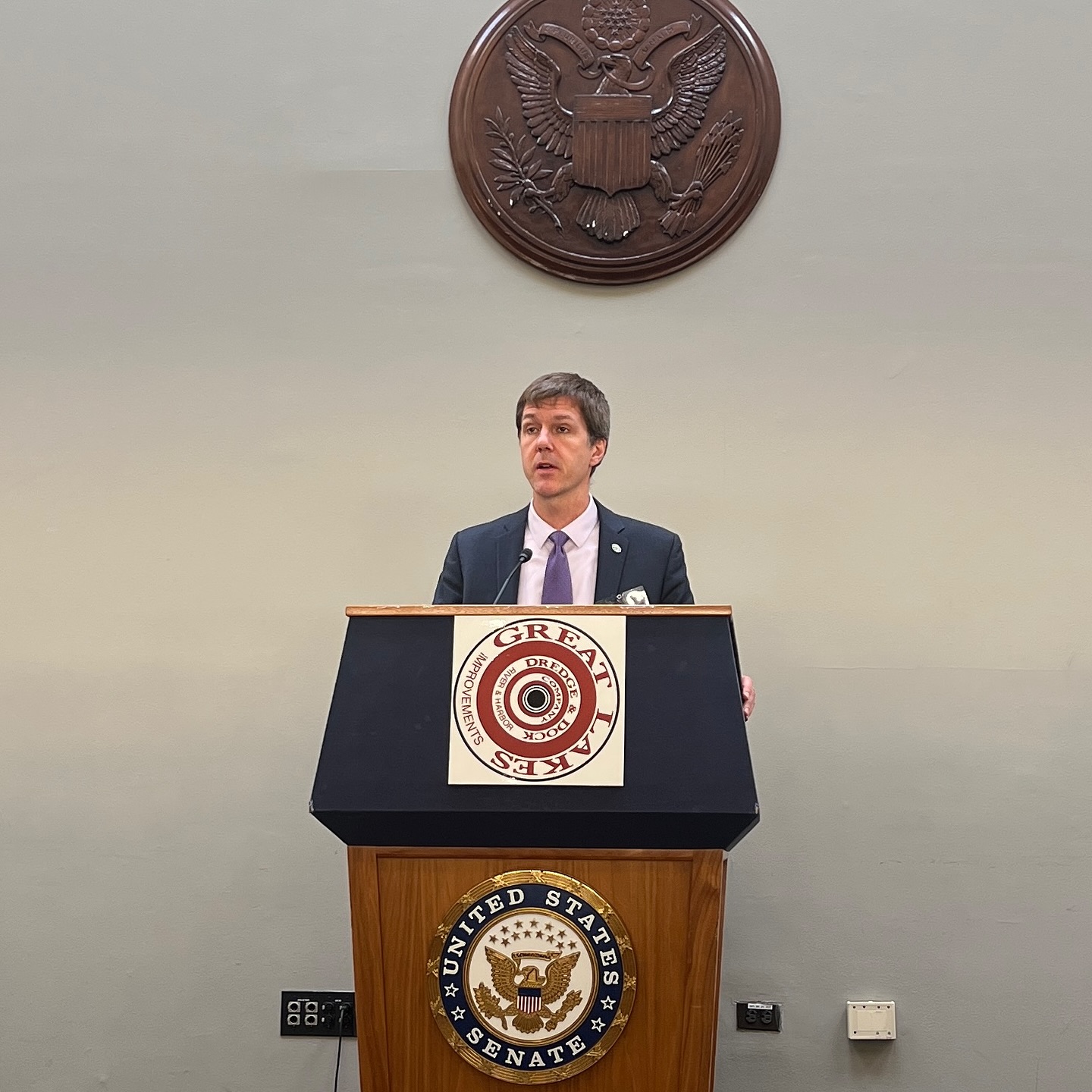
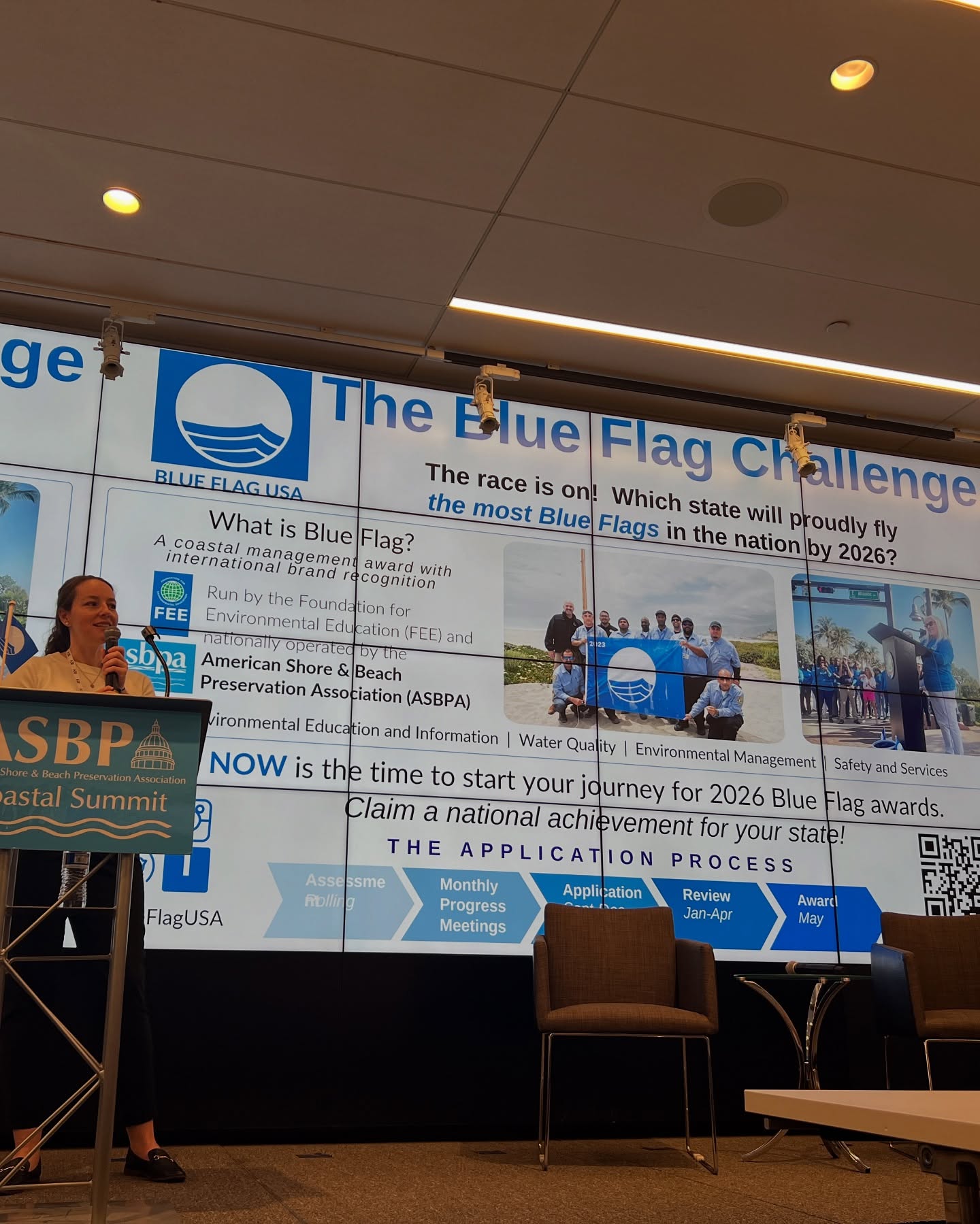
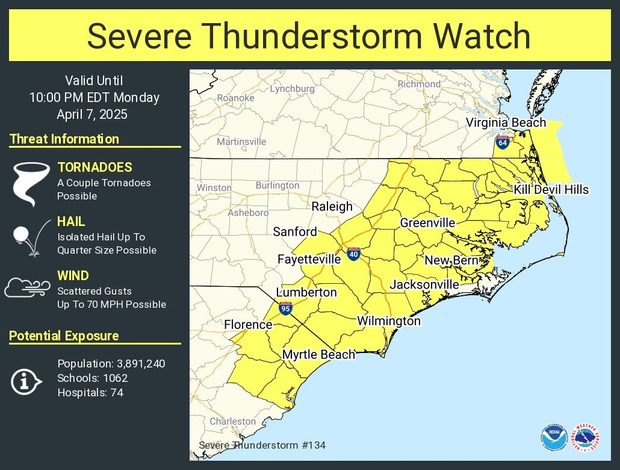

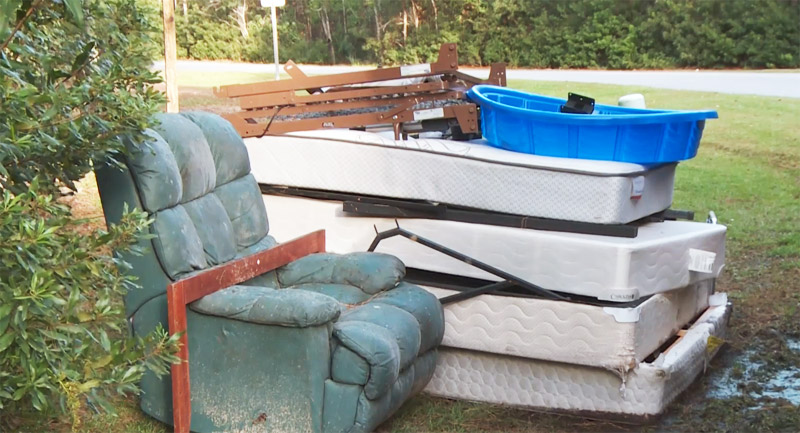
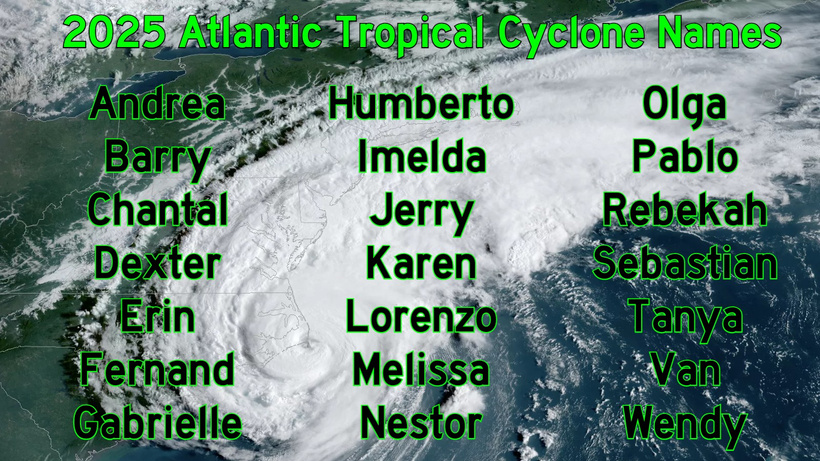


Welcome to the nanny state. Thank you to all the Karen’s out there who are doing their best to baby everyone. I read this and I am disbelief that someone would not laugh at themselves when stating these tips, advice and warnings. People…please take some personal responsibility for yourself and your family. If cooler air and water are directly related to drownings then we should close the beaches when the air temperature goes above 70 and/or water temperature above 65. There really is not end to this nonsense.
G Surf, do you wake up looking for something to complain about? You need to find good things in life. Life is short lighten up and enjoy it.